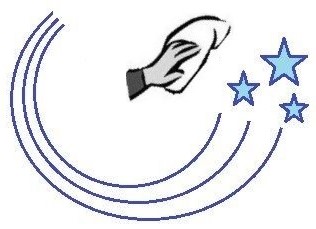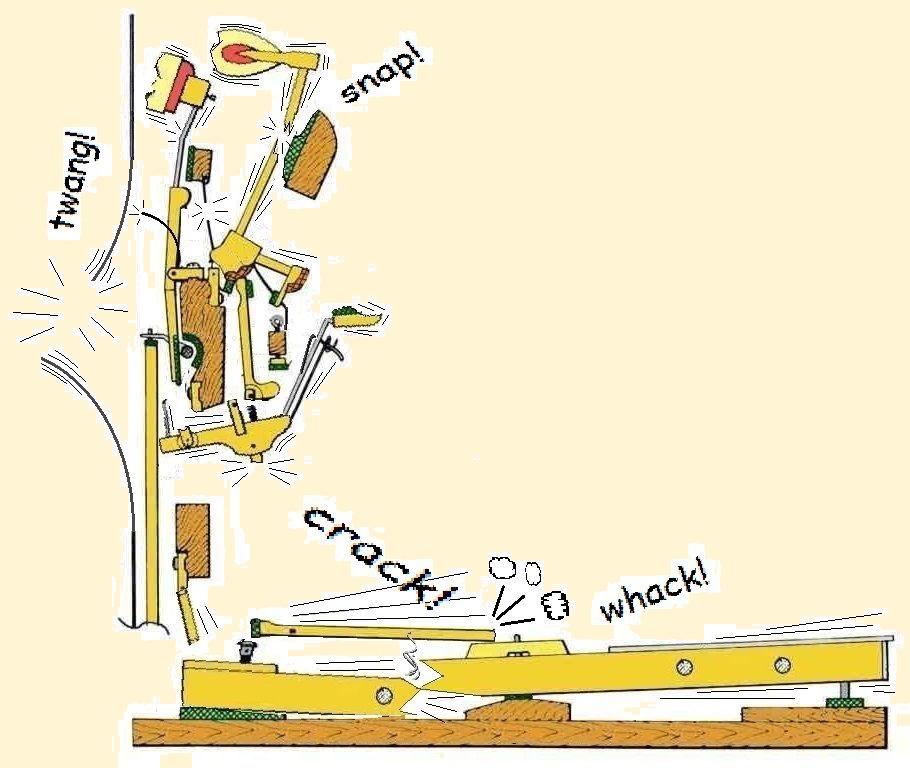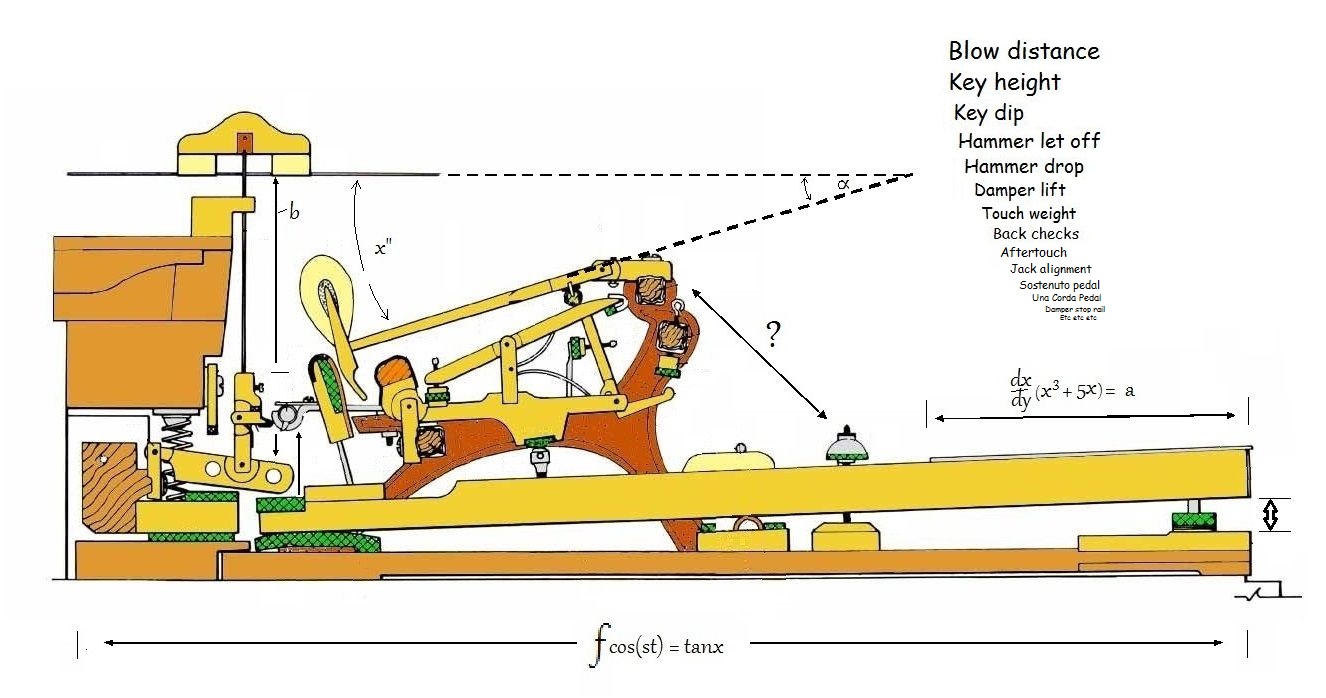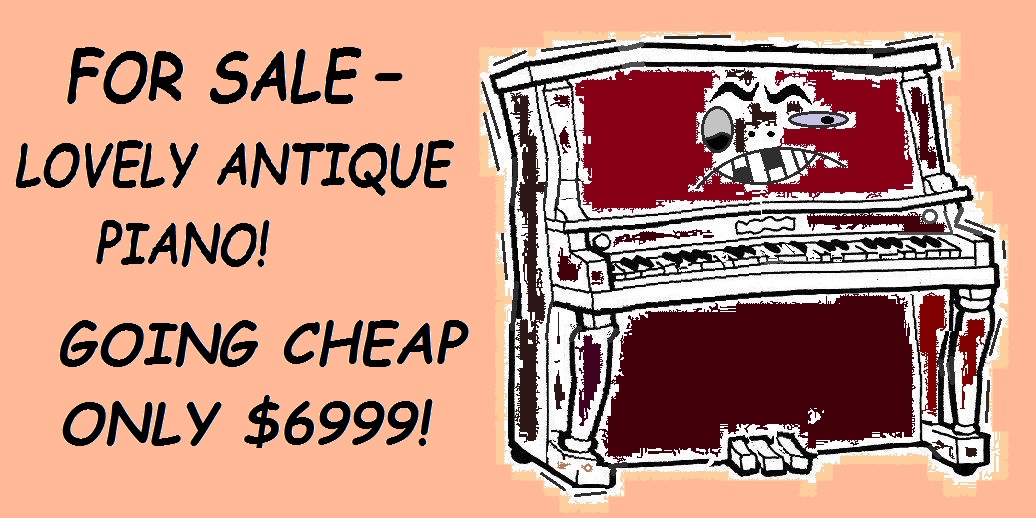Serving Geelong & Western Victoria

A ‘pitch-raise’ is as its name suggests: the raising of the pitch of the piano to concert pitch (A 400).
How is a pitch-raise done?
A pitch-raise is done in two parts:
i. A quick, inexact tuning, where the first notes tuned are taken over-pitch. As the tuning progresses, the extent of this over-pitching is tapered back.
ii. A second, fine-tuning.
WHY DO PIANOS GO OUT OF TUNE?
Pianos go out of tune for several reasons. Probably the four most common factors are:
- seasonal changes,
- constant playing,
- gradual downward drift of pins
- loose tuning pins.
Seasonal changes - contrary to common opinion, it is not temperature change which cause a piano to go out of tune, but changes in atmospheric humidity. An increase in humidity will cause the wood in the soundboard to expand. This exaggerates the crown and stretches the strings, thus altering the pitch. The reverse happens when humidity decreases.
Constant Playing—The piano is meant to be played. However, constant playing means that vibrations are travelling regularly from the strings up into the tuning pins. This, over time, will cause the pins to slip incrementally, and the tuning drifts lower.
Gradual Downward Drift—Even if the piano is not played, string tension will unwind the pins by tiny increments. Also the strings will stretch, and the pitch will creep gradually lower.
Loose Tuning Pins—Anything loose unscrews more easily (logical isn’t it!). There are some ‘quick-fix’ solutions for loose tuning pins (such as ‘pin-block dope’ and knocking the pins in further). However, loose tuning pins are a real danger signal. To deal properly with loose pins very likely means repairs which will cost several hundreds of dollars (such as replacing the pin block). If looking to buy, there are some instances when a tuner would tell you not to touch a piano with a ten-foot pole – and loose tuning pins is one of them! Don’t ever knowingly buy a piano with loose tuning pins!
CLEANING

WHY DO PIANOS NEED CLEANING?
It’s like any piece of equipment; keep it clean and it will last longer and perform better. Look into any remote corner of the house, and you’ll be amazed at how much dust there is! It’s the same with pianos.
I am constantly amazed at how much dust and debris there can be inside a piano! More seriously, vermin infestations can make a mess of the inside of a piano (mice love action felt from hammers or other parts to make nests with!).
Dust and other rubbish can interfere with the piano’s action (eg coins dropped between the keys can cause a jam). Consider also the health risk: You do not want your piano to be a
breeding ground for vermin, dust-mites and other nasties.
WHAT DOES CLEANING INVOLVE?
When the piano is opened up, the action and the keys are removed. The action, the key-bed and other dusty areas are gently brushed to removed built-up dust and grime. This is then vacuumed up. The whole of the interior is also dusted and vacuumed. The keys and the action are then placed back in the piano and tuning can commence. The whole cleaning process might take 15-20 minutes.
With future tunings, a brief cleaning may be necessary, but not as lengthy as the first one (hence the lower charge for subsequent tunings!).
REPAIRS

What might need repairing in a piano?
Any number of actions parts may, at various times, need repairing or replacement. These include such things as:
Worn hammers
Cracked or broken flanges
Broken strings
Broken hammer shafts
Chipped Keys
Broken Keys

WHAT IS REGULATING?
Most regulation work is carried out according to a precise set of specifications.
A home piano, played infrequently, might go through its entire life without a single regulation (although it is likely that it would receive occasional regulation on osme parts each time it is tuned). By contrast, a concert grand would very likely have some refined regulation work every time it is tuned, and may even have a thorough regulation two or three times a year.
One factor affecting regulation work these days is the increasing number of super-strong synthetic materials which last much longer (the perspex elbows of a spinet piano action can last up to 500 years!). Complete regulation (apart from the initial setting up) for such pianos would, very likely, become much rarer.
INSPECTION:

Inspection applies mainly to second-hand pianos. However, some new pianos, particularly those of lesser known brands, might bear scrutiny
WHEN MIGHT A PIANO NEED AN INSPECTION?
Before Purchase—Like purchasing a car, you want to know that it functions well and is structurally sound.
Before sale—if you are the honest type, and want a clean conscience, an inspection is a good idea
For Repairs—if you suspect your piano has major problems, you might want to consult a technician. If you have been diligent, and have had your piano tuned regularly, hopefully your technician will have kept you up-to-date with anything your piano might need.
If you are thinking of purchasing a piano, you will want to know if it is any good!
Some tuners may also direct you to certain retailers who have a good reputation; he or she may also may suggest which sorts of piano to look for and which to avoid. They will probably offer this advice free of charge over the phone.
Useful Books:
THE PIANO: A Piano Technician’s Guide for the Piano Owner Author: Philip GurlikHow To Buy A Good Used Piano Author: Willard Leverett
Victorian Guild: http://www.pianotuners.asn.au/
A useful discussion site is: http://www.pianoworld.com/forum/



